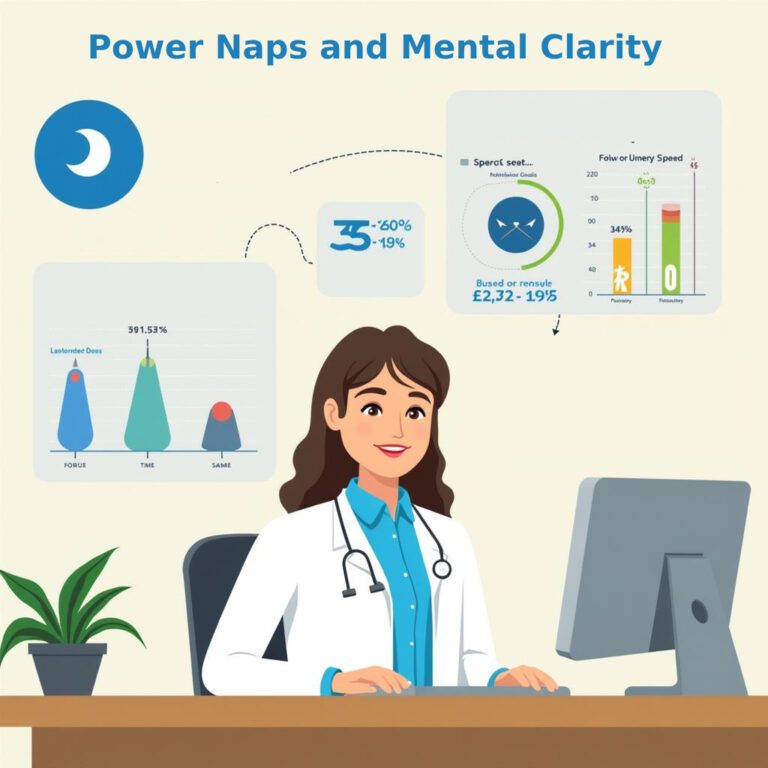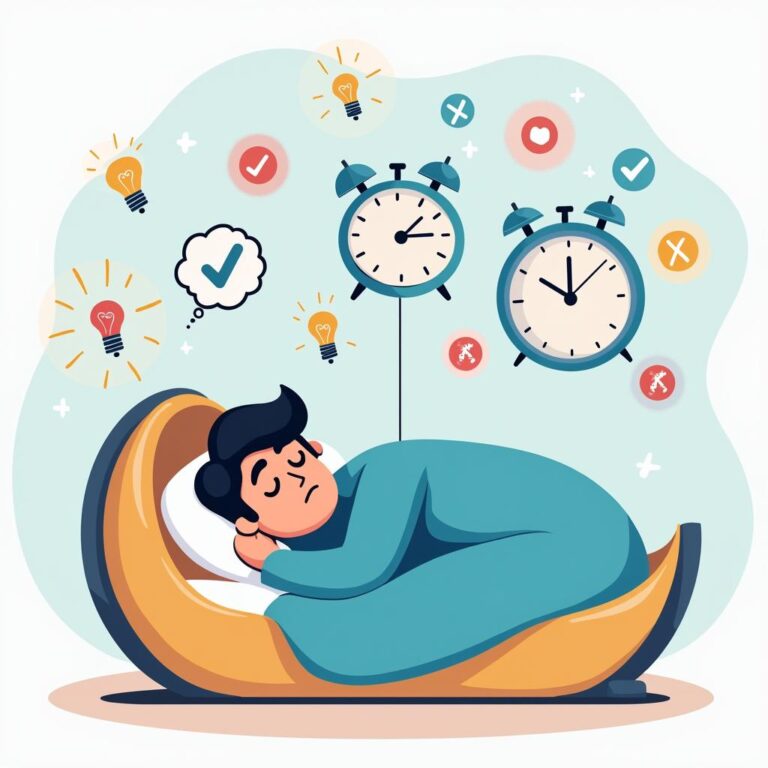Introduction
In today’s fast-paced work environment, the quest for enhanced productivity and efficiency has become more popular than ever. One of the most effective yet often overlooked strategies is power napping. Power naps, defined as brief periods of sleep usually lasting around 10 to 30 minutes, can have a profound impact on work performance. This article explores the benefits of power napping for work performance, revealing how even a short nap can recharge your mind and body, leading to increased productivity and overall well-being.
Enhanced Focus and Concentration
One of the primary benefits of power napping for work performance is its ability to enhance focus and concentration. During a power nap, the brain undergoes a refreshing process that improves alertness. After waking, individuals often find themselves more attentive, reducing the likelihood of errors and mistakes. Research indicates that a power nap can significantly boost cognitive function, allowing employees to sustain their concentration throughout the day. This is particularly beneficial in high-stakes environments where attention to detail is crucial.
Improved Memory Retention
Another remarkable advantage of power napping is its positive effect on memory retention. Sleep plays a critical role in the consolidation of memories, and a power nap can reinforce learning done prior to the nap. By taking a short break to rest, individuals can bolster their cognitive capabilities, making it easier to recall information and apply it in practical scenarios. This is especially valuable for those engaged in tasks that require memorization, creativity, or problem-solving.
Stress Reduction
Work-related stress is a common phenomenon that can significantly hinder performance and productivity. Power napping serves as an effective antidote to stress. A brief period of sleep can provide mental respite, helping to alleviate anxiety and recharge emotional batteries. Studies show that even a 20 to 30-minute nap can lower cortisol levels, the hormone linked to stress. Employees who incorporate power naps into their routines often report feeling more relaxed and equipped to tackle challenging tasks.
Boosted Creativity
Power naps are not just beneficial for memory and focus; they can also enhance creativity. After a nap, the brain reawakens in a state conducive to innovative thinking and problem-solving. The brief escape from work can lead to a fresh perspective, allowing ideas to flow more freely. A study conducted at the University of California found that participants who took a nap performed better on creative tasks compared to those who did not. This highlights the important role that rest plays in fostering creativity, which is essential for personal and organizational growth.
Increased Energy Levels
Feeling fatigued is a common barrier to workplace effectiveness. One of the most noticeable benefits of power napping for work performance is the boost in energy levels that comes from a short sleep. The body replenishes its energy stores, allowing individuals to return to their tasks with enthusiasm. Reports indicate that employees who regularly power nap experience fewer afternoon slumps and fatigue-related productivity dips. By recharging for just a few minutes, workers can maintain high energy levels throughout the day.
Health Benefits
Power napping is not just about immediate performance; it also has long-term health benefits. Chronic sleep deprivation can lead to various health issues, including heart disease, diabetes, and weakened immune function. Incorporating power naps as part of a work routine can help mitigate these risks. Napping can help regulate blood pressure, improve cardiovascular health, and combat the negative effects of sleep debt. Employees who prioritize their health through power napping are likely to experience fewer sick days and greater overall well-being.
Strategies for Effective Power Napping
To gain the maximum benefits of power napping for work performance, consider the following strategies:
1. Choose the Right Time
The ideal time for a power nap varies for everyone, but generally, the early afternoon (between 1 PM and 3 PM) is the best time to nap. This is when many people experience a natural dip in energy levels, making it the perfect opportunity to recharge.
2. Limit Nap Duration
To maximize benefits, keep naps between 10 to 30 minutes. Short naps can enhance alertness without leading to grogginess, while longer naps may result in sleep inertia, making it harder to wake up.
3. Create a Comfortable Environment
When napping at work, find a quiet, comfortable space where you can relax without disturbances. Use an eye mask or blackout curtains if possible, and consider using earplugs or white noise to minimize distractions.
4. Establish a Consistent Routine
Like any health habit, consistency is key. Try to incorporate power naps into your daily routine to reap cumulative benefits. This will help your body get accustomed to the practice, making it easier to fall asleep and wake up refreshed.
Conclusion
The benefits of power napping for work performance are undeniable. From enhanced concentration and memory retention to reduced stress and increased creativity, power naps can transform the way you approach your workday. By implementing effective power nap strategies, employees can significantly improve productivity, promote better health, and foster a more positive work environment. So, the next time you feel that mid-afternoon slump hitting, consider taking a few minutes to recharge with a power nap. Your mind and body will thank you, and your work performance will reflect the benefits.







